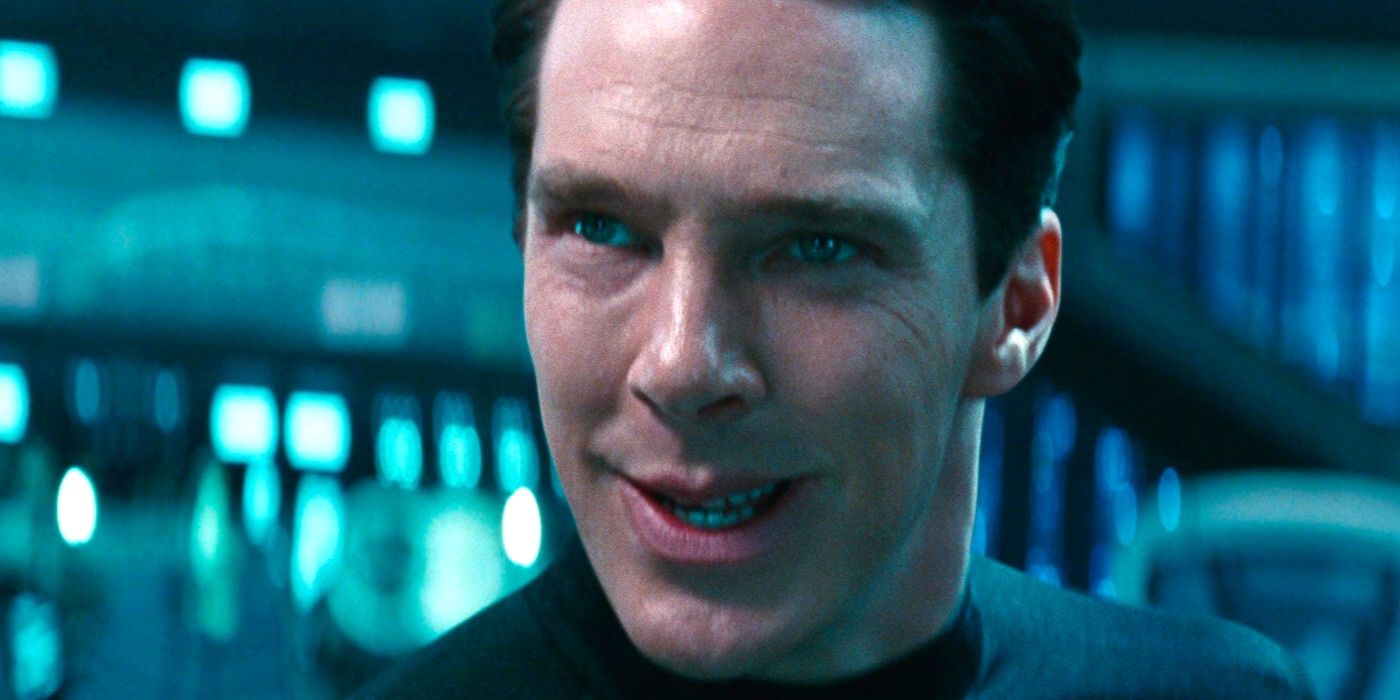Borrowing a character from one of The Original Series' most beloved episodes, Star Trek II was a sequel with stakes, and the storytelling was light years beyond the first film. It deftly balanced a dour tone alongside the hopeful utopian message of the franchise, and saw the characters grow and mature through their experiences.
It's difficult to overstate the importance of The Wrath of Khan, because it not only jump-started the movie series, but also gave the franchise a road map for future films. Compelling villains is what the original Star Trek movies do best, and some of the sequels took the right lessons from Khan and his revenge-fueled motivations.
Unfortunately, Khan also proved to be an extremely popular villain, so later Star Trek movies couldn't help but copy some elements of the character for future antagonists. These never worked out well, and they were often downright laughable. Khan is Star Trek's signature antagonist, but his magic could never be replicated in another movie.
Khan Isn’t Just A Great Villain, He’s Also An Interesting Character
Khan's Revenge Ties Into Kirk's Story Arc
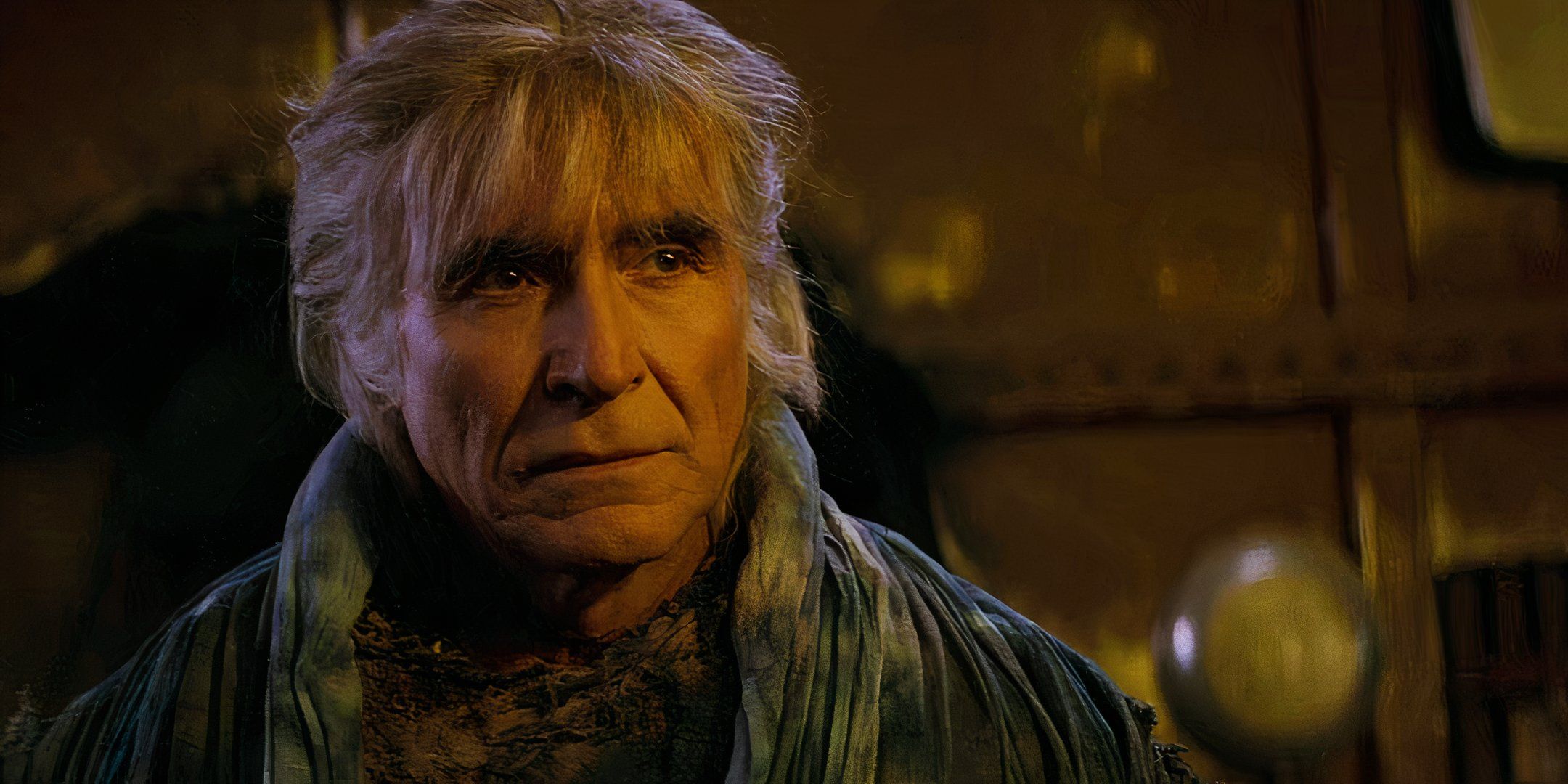
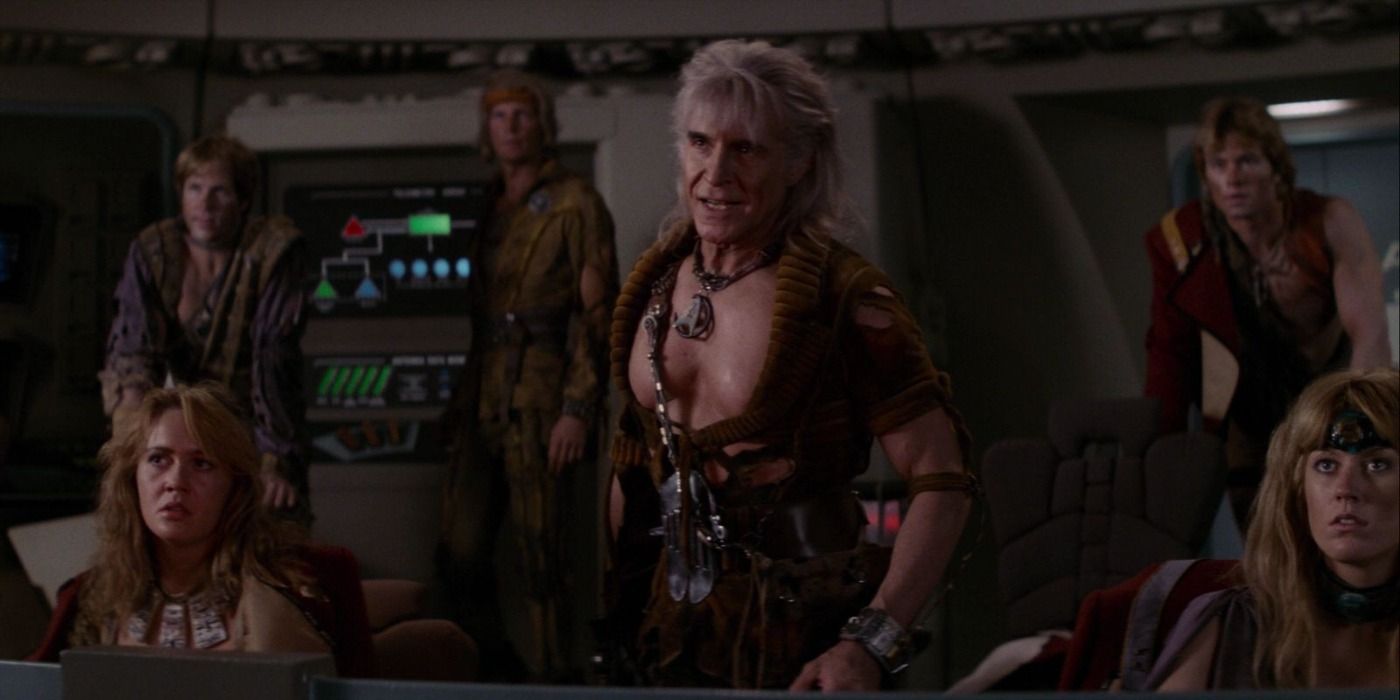
This gives Khan all the reasons he needs to despise Kirk, and in his own eyes, he's justified in seeking revenge against the Starfleet veteran. Kirk's short-sightedness is to blame for Khan's plight on Ceti Alpha V, and the Federation also let Khan down by never following up on the castaways.
What's more, Khan's motive for revenge ties back into Kirk's character arc, and The Wrath of Khan is all about the freewheeling Starfleet Captain finally learning that he's fallible. Khan represents one of his greatest failures, and the outcome of Khan's revenge wounds Kirk in a way that no villain had been able to do before.
Khan represents one of his greatest failures, and the outcome of Khan's revenge wounds Kirk in a way that no villain had been able to do before.
Khan's revenge storyline works so well because he has a point, but it is his undoing because he takes things too far. The Wrath of Khan draws from classic literature, and the villain's rise and fall is directly paralleled to that of Captain Ahab from Moby Dick.
Shinzon Was Just Too Goofy To Ever Be Effective
Shinzon Isn't Just A Clone Of Picard, He's Also A Copy Of Khan
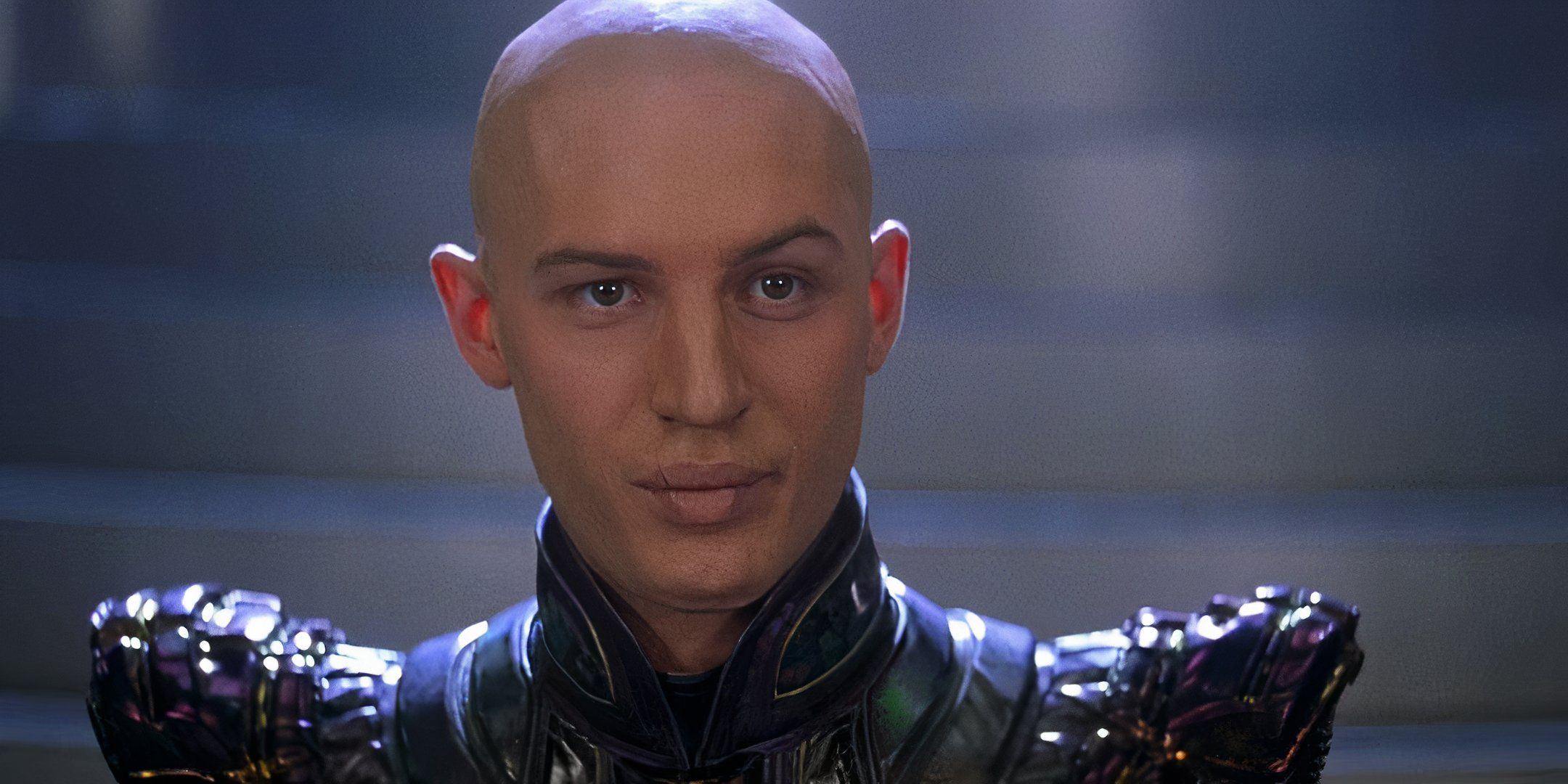
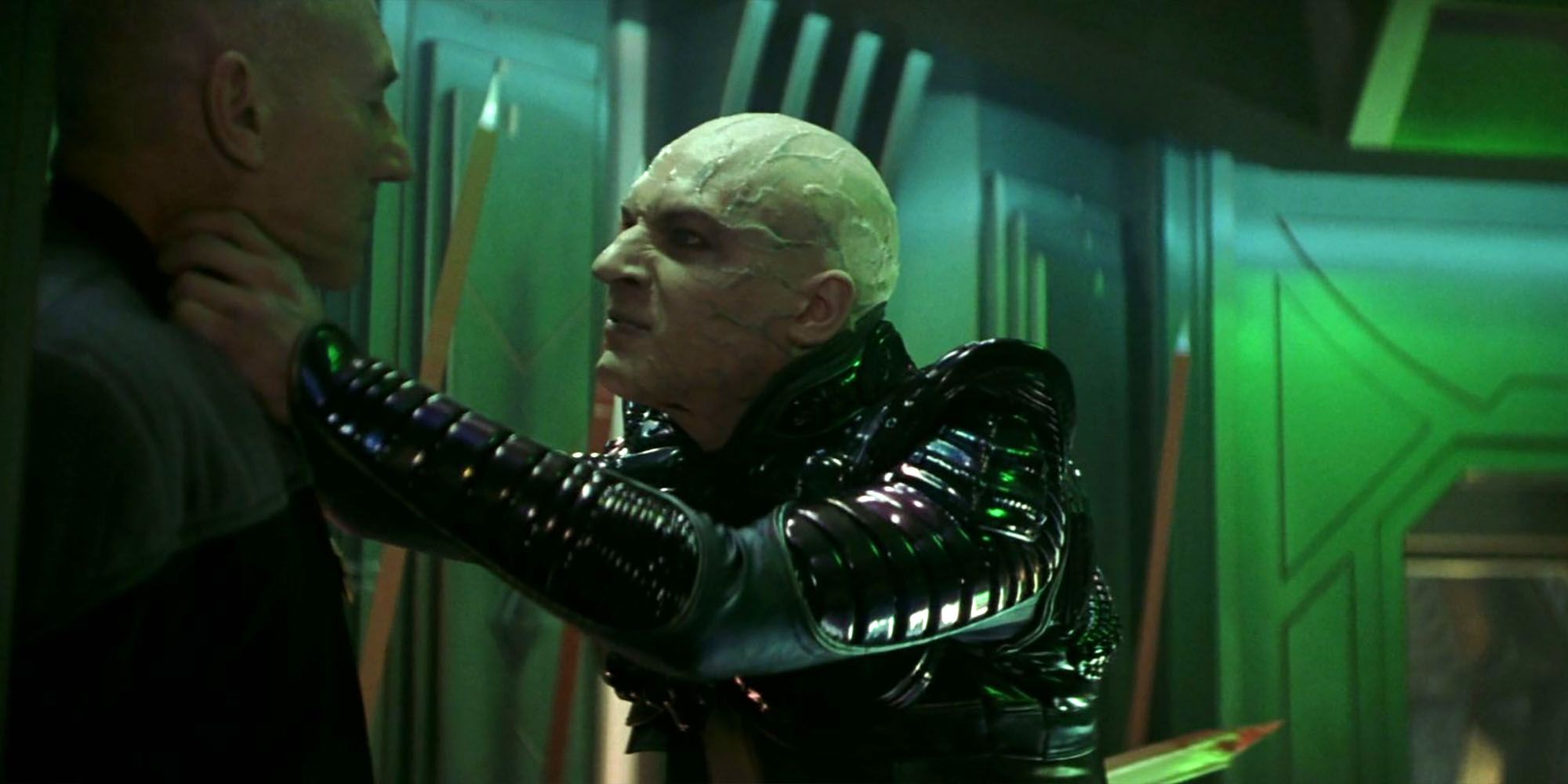
The final film in the Star Trek: The Next Generation cycle, Nemesis attempted to go out with a bang. The Enterprise crew is drawn into a diplomatic mission with the Romulan Empire, but soon learn that the new Praetor is actually a clone of Picard. Shinzon is hellbent on revenge against Picard, blaming him for his horrible upbringing on Remus.
Though Star Trek: Nemesis has all the flash and spectacle of other movies in the franchise, it is resoundingly hollow. Even earlier lackluster movies like Generations or Insurrection had a bit of that old Star Trek charm, but Nemesis didn't. One of the biggest reasons for its hollowness is its villain, and Shinzon is one of the franchise's worst.
Too many things in the movie's plot are utterly contrived, and Shinzon's final retribution (that being Data's death) holds none of the weight of Spock's sacrifice in Star Trek II. Furthermore, Shinzon himself is just kind of goofy, and he's shaved his head bald even though it's well-established that Picard didn't lose his hair until he was in middle age.
Khan From Into Darkness Was A Poor Replacement For The Original
The Kelvin Universe Had Its Own Version Of Khan
Since the Kelvin trilogy is set in an alternate timeline, that gave them the opportunity to pick and choose which parts of the TOS era happened in both universes. Star Trek Into Darkness featured a secret terrorist villain who was eventually revealed to be Khan. The new Khan has a new plan, and it completely diverges from the Prime Universe.
Kirk is mostly caught in the crossfire, and Khan's revenge has none of the same emotional weight as it did originally. His motivations make more sense than Shinzon's, but it is less focused than the one-on-one battle between Kirk and Khan in Star Trek II. Without a history between the two characters, Star Trek's second Khan replacement is lackluster.
